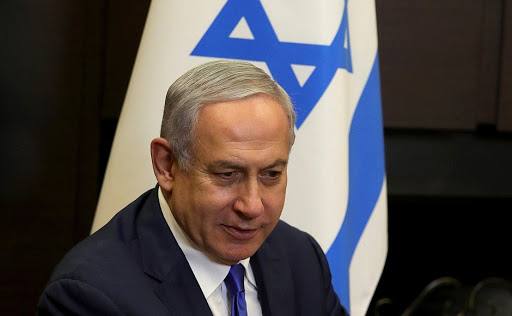As tension in West Asia flares up, with Iran launching missiles at Israel, global and Indian traders brace for long-term trade disruptions. The key Red Sea shipping route might stay contested, keeping freight rates sky-high. After finishing its operations in Gaza, Israel shifted focus to Hezbollah in Lebanon, following pager and walkie-talkie explosions and the assassination of Hassan Nasrallah. The conflict’s escalation involving Iran’s allies — the Houthi rebels — threatens Red Sea trade.
Where the conflict stands
The war in Gaza continues, with over 40,000 Palestinians killed. Although Hamas has been reduced to a guerrilla organisation, it still holds some control over the displaced population. In the West Bank, the Israel Defense Forces (IDF) are countering rising terrorist attacks fuelled by Iranian support for local militants. Meanwhile, Iranian proxies in Lebanon and Gaza continue launching missile attacks against Israel. Over 60,000 Israelis so far have been displaced due to Hezbollah’s rocket attacks since October, 2023. In response, Israel has executed a massive air campaign and ground incursion targeting Hezbollah’s positions, aiming to diminish its arsenal and prevent further attacks, resulting in nearly one million Lebanese fleeing their homes.
Ball in Israel’s court
While President Biden advocates a “proportionate” response to Iran’s missile strikes on Israel, several reports suggest that Israel might target Iran’s critical infrastructure, including communications, oil and nuclear facilities threatening the regime’s stability.
Also Read: Iran’s attack on Israel completely legal, legitimate: Khamenei
In a situation like this, it’s best to err on the side of caution and that has pushed Iranian leadership to move Supreme Leader Ayatollah Ali Khamenei to a secure location, as per several reports.
As tensions rise, Israel is likely to deliver a decisive blow. Any retaliation must consider that the IDF is already stretched thin across multiple fronts, while Iran’s “axis of resistance” appears more vulnerable than ever. Netanyahu is likely to seize this opportunity.
